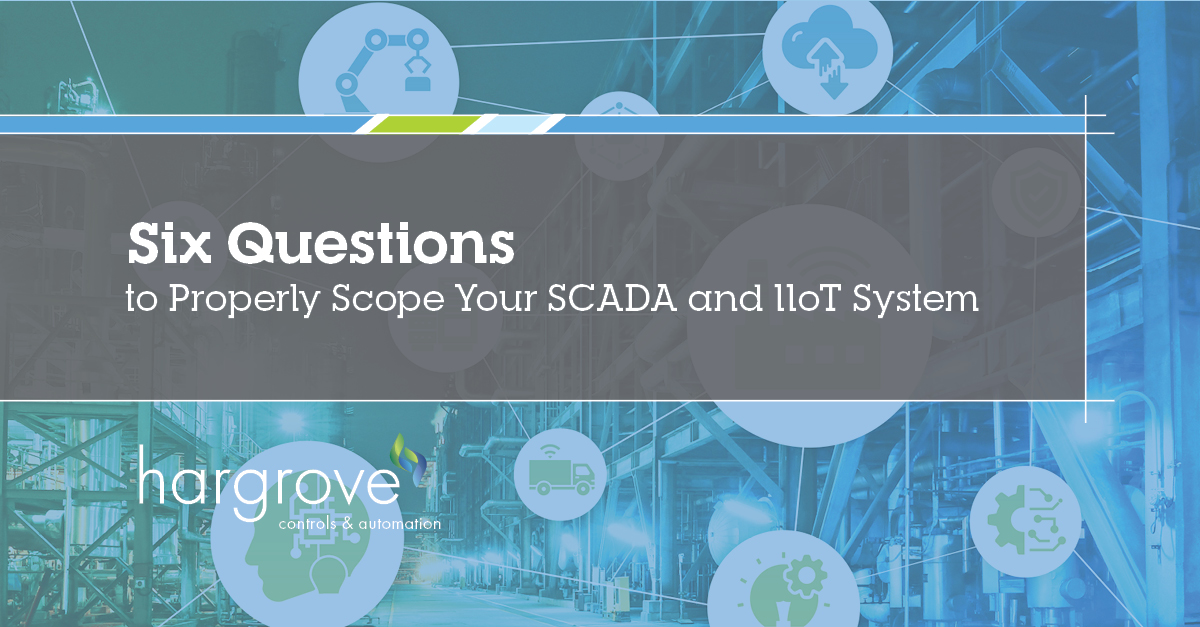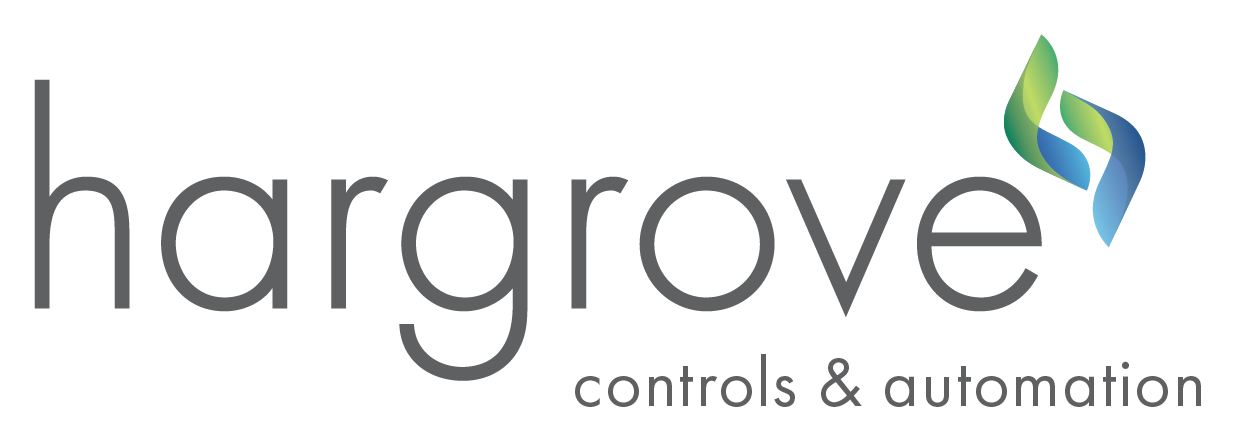Six Questions to Properly Scope Your SCADA and IIoT System

Investing in a supervisory control and data acquisition (SCADA) system is not just an investment in process control. It is an investment in knowledge that allows you to collect and visualize data and to make more informed decisions about your operations. However, your SCADA system is only as good as the field data you put into it. This includes not only classic PLC data, but data from a variety of other smaller sources, commonly called the Industrial Internet of Things (IIoT).
There are some vital questions you should consider to confirm your SCADA system is providing maximum value. Answering these questions will identify opportunities for improvement and lead to efficiency gains that are often cost effective.
What is a SCADA System?
The term SCADA (Supervisory Control and Data Acquisition) is often applied to PLC-based systems, although the same rules and concepts apply to distributed control systems (DCS). A SCADA platform, in addition to being the visualization and control interface platform for a PLC-based system, usually has a historian built in. It can pull in data from multiple PLCs to provide a single interface to a process for operations. A SCADA system can also pull data from other connected plant devices. Some popular SCADA platforms include Inductive Automation Ignition, AVEVA System Platform (formerly Wonderware), Rockwell FactoryTalk, and Siemens SIMATIC.
Whether it’s a SCADA system, a DCS, or a third-party process historian, these platforms enable real-time data monitoring and historical data analysis. They consolidate and visualize data – facilitating informed decision making.
IIoT Technology Bringing More Data into Play
IIoT has been around for a while and proposes the idea that in addition to major data sources like PLCs or DCS platforms that may have thousands of tags for us to read, there is a vast array of data available from smaller devices in the field connected by IIoT. These devices might only provide a few data points each but could provide import process insights and together a significant quantity of data. In the past, connecting these sources involved a lot of work and expenses, but now, with Ethernet providing inexpensive and simple connectivity, hardware prices have fallen significantly. In addition, the communication protocols have become more standardized. This all translates into the data being easier and less expensive to access.
Key Questions to Properly Scope Your SCADA System
Do you have the right instruments in place, and are they connected?
Whether you have a packaging unit, a weigh cell, a fan motor for the building ventilation, or the instrument air supply entering your building, you are managing a variety of subsystems, which require a lot of support and ancillary equipment. Often the instrumentation for this kind of equipment only goes to a local control unit. If you don’t have an IIoT network pulling this data in, you won’t be gathering important process data.
Which manual check-ins performed at your facility could be automated?
Monitoring the temperature of your cooling water, checking if your exhaust fans are running, and ensuring that your sump basin level is in good standing are all tasks that you may be paying operators and maintenance technicians to perform. Instead of paying people to perform these manual checks, with automation, you can assign them more important and proactive tasks.
Am I a victim of “good enough”?
There may be projects that could improve operations at your facility, but even if you don’t undertake them, operations will still run adequately. The lack of urgency for these projects lets them stay on the back burner. Efficiency improvements that could enhance operational and automated decision-making often go unaddressed for years.
When you have this gap between what is possible versus what you’re actually doing, that’s money you’re losing every year. The financial impact of unaddressed projects compounds annually. By not implementing potential improvements each year, you miss out on savings that could be reinvested in important initiatives. Instead, funds are consumed by non-value-added tasks.
Can older equipment be connected?
Many facilities don’t realize that their older machinery can usually be connected to the SCADA system. There’s a lot of health information that these older pieces of equipment can provide. The traceability offered by connecting these assets to your data historian allows you to monitor actual production in real time and compare it with the amount of product that leaves the facility that day.
Consider the equipment already in your plant, such as your support skids. Many of these devices come equipped with Ethernet or other communication ports, allowing for easy connectivity. You might simply need to activate an existing port. Alternatively, an option card could be purchased for a few hundred dollars to enable connectivity on devices that lack it, allowing you to start pulling data immediately.
What outside variables are impacting your process?
Oftentimes, manufacturers have a core process that is well instrumented and connected, but they have outside variables that they’re unaware of. Environmental readings like temperature and humidity or raw material qualities may be leading to process variability. Gaining an understanding of more of those external influences on your process will allow you to make process improvements.
How are you tracking maintenance activities?
Are the existing maintenance activities effective? Are they being completed at the right frequency? These are the questions your maintenance crews are always trying to answer. IIoT devices can provide valuable insights to help address these concerns with sensors for vibration, temperature, electrical current providing indications of the effectiveness of repair and maintenance tasks.
Making Informed Decisions
A SCADA system paired with IIoT technology solutions is a powerful asset that gives you actionable data to make informed decisions at your facility. You may already have a historian collecting process data, but you might not be fully utilizing this data to make informed decisions about your operations. There may be equipment that you haven’t yet connected, which could be done more easily and cost effectively than ever before.
Hargrove Controls & Automation can help you make informed decisions with a properly calibrated and instrumented SCADA system. Contact us today.

